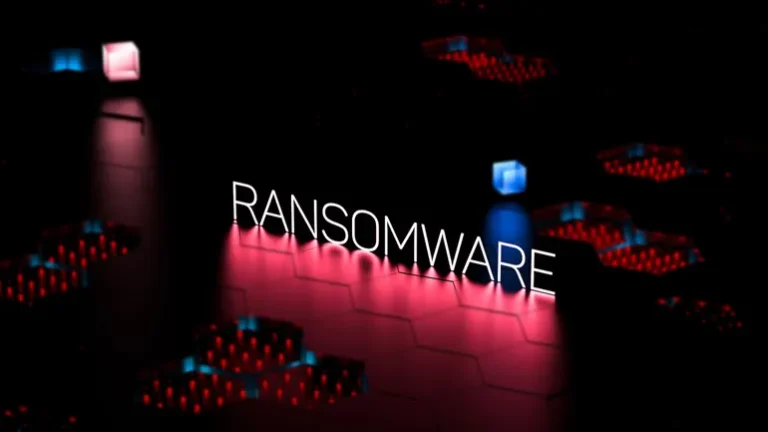Essential Insights
-
Shift in Ransomware Tactics: Only 50% of ransomware attacks involved data encryption this year, down from 70% last year, indicating improved defenses against such methods.
-
Decline in Ransom Values: Average ransom demands and payments have decreased significantly—by 34% and 50%, respectively, highlighting a change in the ransom landscape.
-
Rise of Extortion-Only Attacks: Extortion-only attacks doubled to 6% this year, especially affecting smaller organizations (13% of those with 100-250 employees).
- Impact on Security Personnel: 41% of IT professionals reported increased stress and anxiety after responding to attacks, emphasizing the need for better support in incident response plans.
Trends in Ransomware Attacks
Recent reports reveal a transformative shift in ransomware attacks. Only half of the attacks this year involved data encryption. This marks a decline from 70% last year. Consequently, organizations appear better equipped to thwart these critical phases of attacks. Many companies now prioritize security measures that detect and block ransomware before encryption occurs. Interestingly, larger organizations, particularly those with 3,001 to 5,000 employees, remained more vulnerable, facing encryption risks in 65% of attacks. Cybercriminals seem to evolve their tactics; extortion-only attacks have doubled this year to 6%. Such shifts indicate a broader trend where attackers adapt to the defenses organizations implement.
Furthermore, survey results highlight that both the average ransom demand and payment have significantly decreased. The average ransom demand fell by 34%, while payments dropped 50%. Interestingly, nearly 53% of victims reported paying less than the attackers’ initial request. This illustrates a changing landscape where victims adjust their responses. Organizations must remain vigilant and adaptable as cyber threats evolve.
The Human Element of Cybersecurity
Ransomware attacks leave lasting effects on the individuals involved. A significant percentage of IT and cybersecurity workers reported heightened stress and anxiety after responding to incidents. Specifically, 41% experienced these feelings. This human aspect often goes overlooked in incident response plans. Organizations must consider how to support their teams emotionally and mentally during post-attack recovery. Addressing this challenge can enhance resilience and improve response efforts.
As ransomware tactics continue to evolve, staying ahead becomes crucial. Increased focus on cybersecurity, coupled with robust support systems for teams, will play a vital role in mitigating the impact of these attacks. This collective effort will contribute positively to our ongoing journey in the digital age. Each step taken not only protects data but also safeguards the well-being of those on the front lines.
Discover More Technology Insights
Explore the future of technology with our detailed insights on Artificial Intelligence.
Discover archived knowledge and digital history on the Internet Archive.
Cybersecurity-V1

